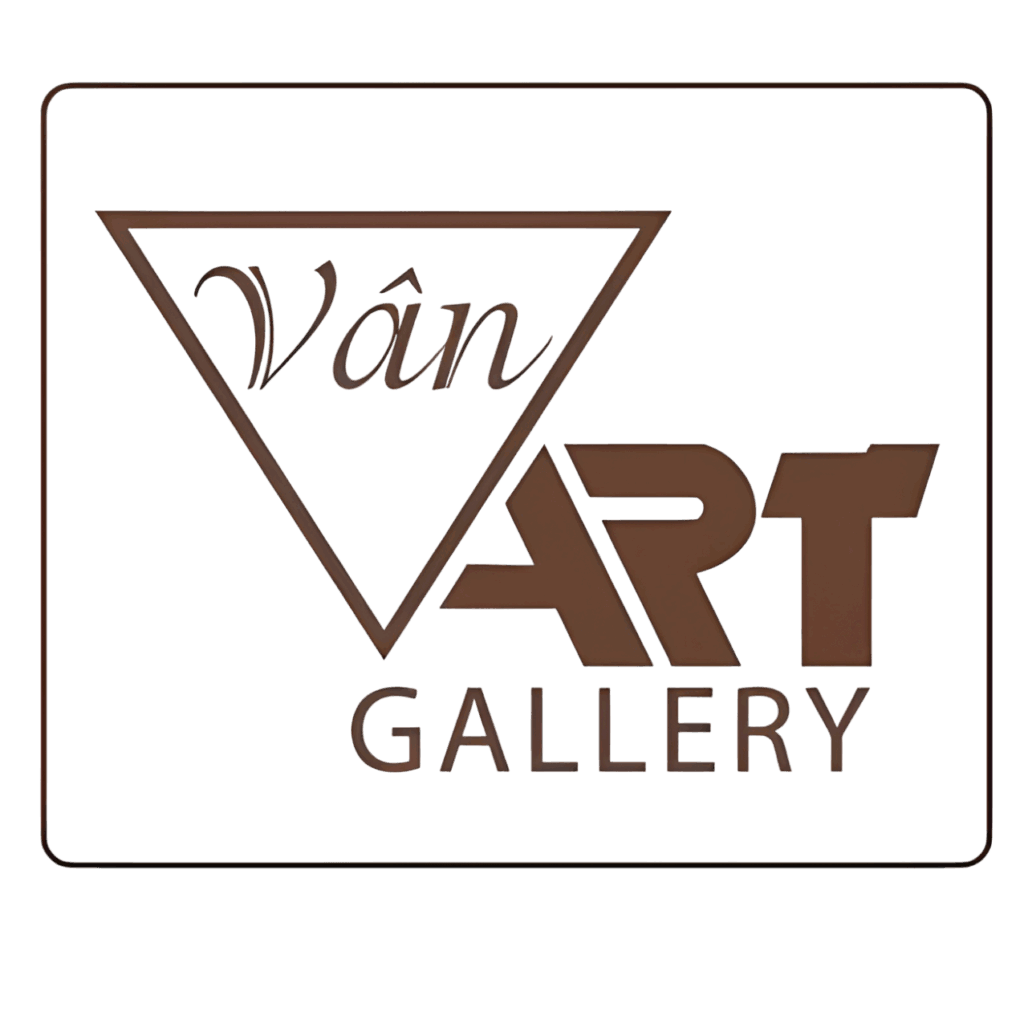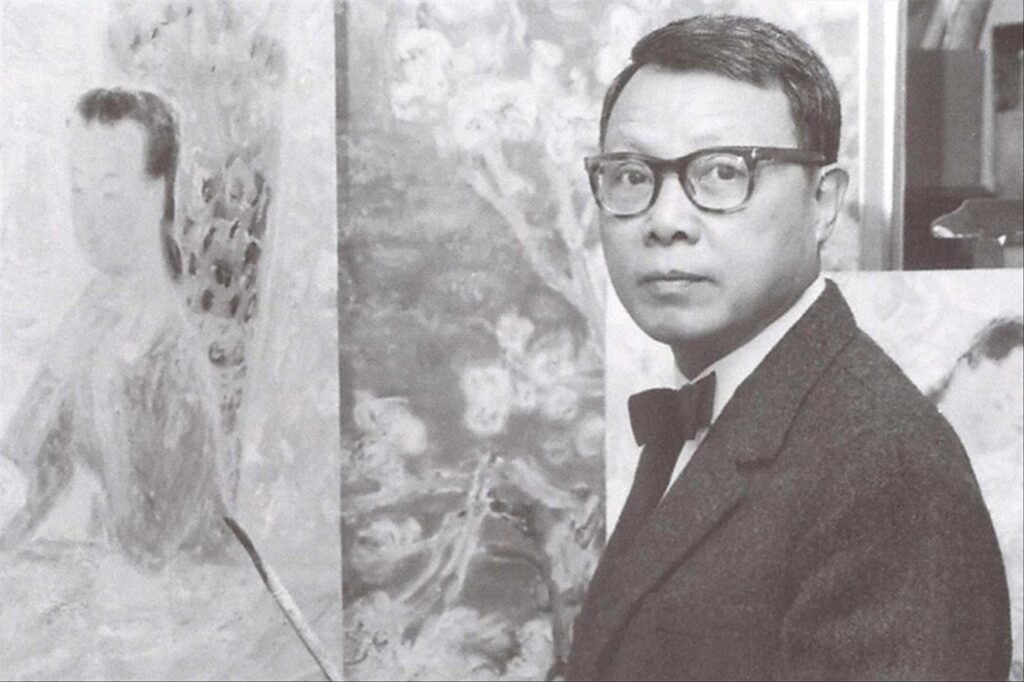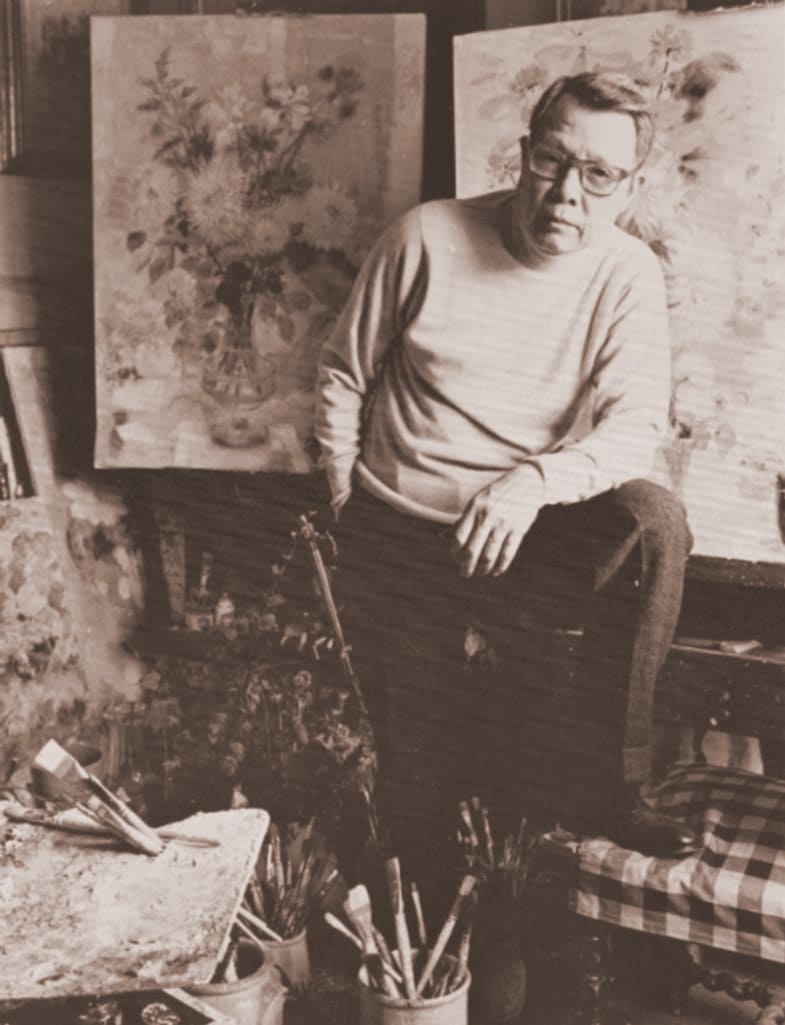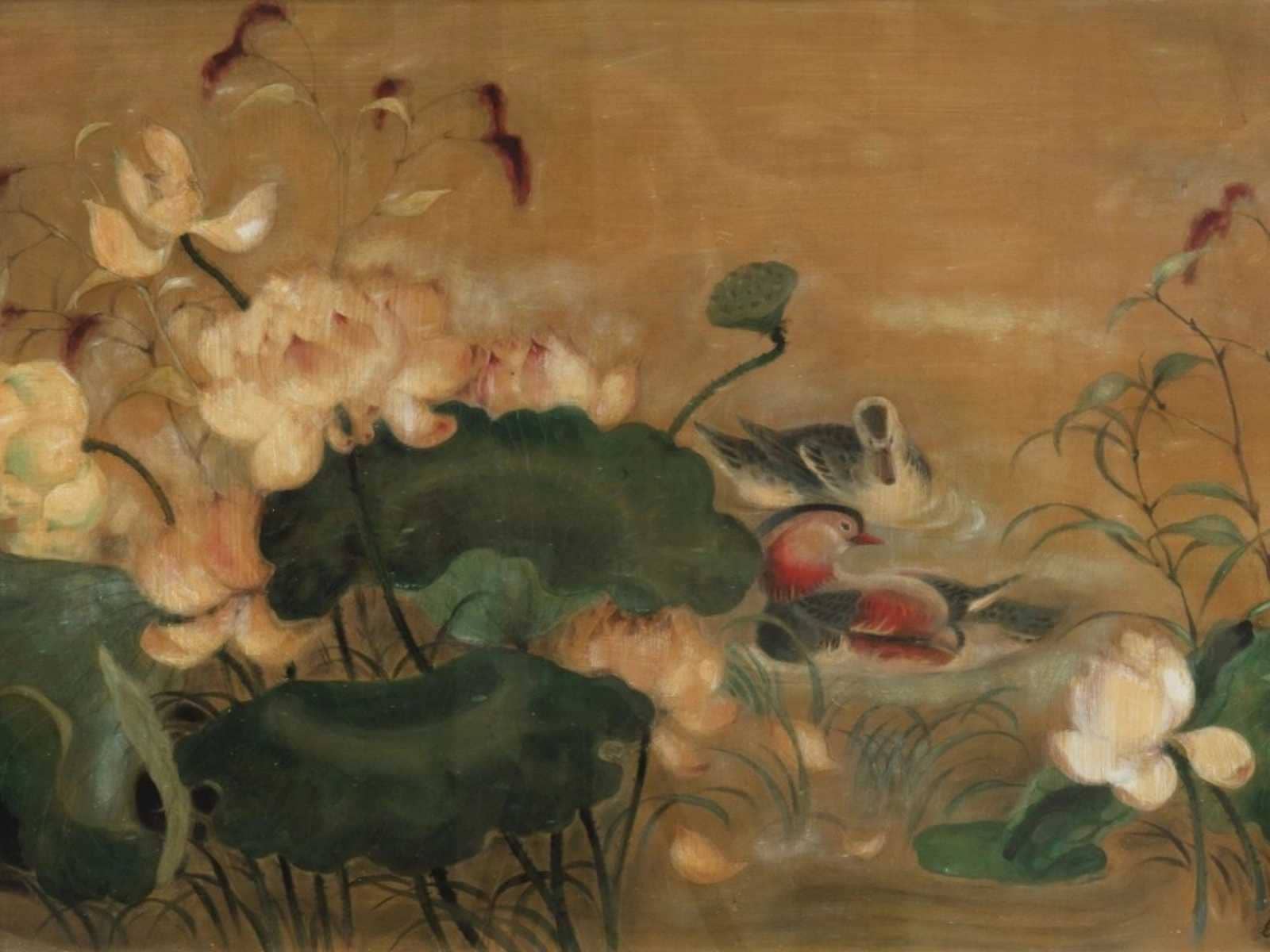Le Pho – the master painter whose romantic brushstrokes harmoniously blend Eastern and Western influences – ignites endless passion for anyone who adores Vietnamese paintings. In the stream of modern art history, he stands not only as a symbol of creativity but also as a cultural bridge connecting Vietnam to the world. This article dives deep into his life journey, career highlights, and the profound legacy left by artist Le Pho, helping readers fully appreciate the value of one of the foremost masters in the field.
Le Pho Biography: From a Challenging Childhood to a Passion for Art
Artist Le Pho was born on August 2, 1907, in Cu Loc village, Nhan Chinh commune, Tu Liem district, Hoai Duc prefecture, Ha Dong province (now part of Nhan Chinh ward, Thanh Xuan district, Hanoi). He grew up in a family of officials, with his father being the high-ranking mandarin Le Hoan, who was involved in political activities during the French colonial era. However, his childhood was far from peaceful; he lost his mother at age 3 and his father at age 8, forcing him to live with his older brother and sister-in-law amid difficult circumstances.
Early Influences in Le Pho Biography
From a young age, artist Le Pho displayed artistic talent, shaped by Vietnam’s traditional cultural environment. Losing his parents early forged his independence and sparked a desire to explore the world through his drawings. His youthful years in Hanoi not only laid the foundation for Le Pho’s painting style but also nurtured a deep love for his homeland, evident in his later works.
-
Family environment: His father, the mandarin Le Hoan, provided early exposure to history and culture, despite the emotional hardships.
-
Childhood challenges: Being orphaned heightened his sensitivity, allowing him to capture human emotions with exquisite finesse in Le Pho paintings.
-
Love for art: From his first sketches, he found solace, leading to his decision to pursue painting professionally.
These elements shaped Le Pho’s biography as a story of overcoming adversity, transforming from an orphaned boy into a world-renowned master painter.
Le Pho’s Educational Journey and Early Career
In 1925, artist Le Pho was admitted to the inaugural class of the Indochina College of Fine Arts, where professor Victor Tardieu placed him among the “elite” students. There, he studied Eastern techniques, from silk painting to traditional colors, while connecting with talented artists like Vu Cao Dam and Mai Trung Thu. In 1928, he organized his first exhibition in Hanoi, marking a pivotal moment in Le Pho’s biography.
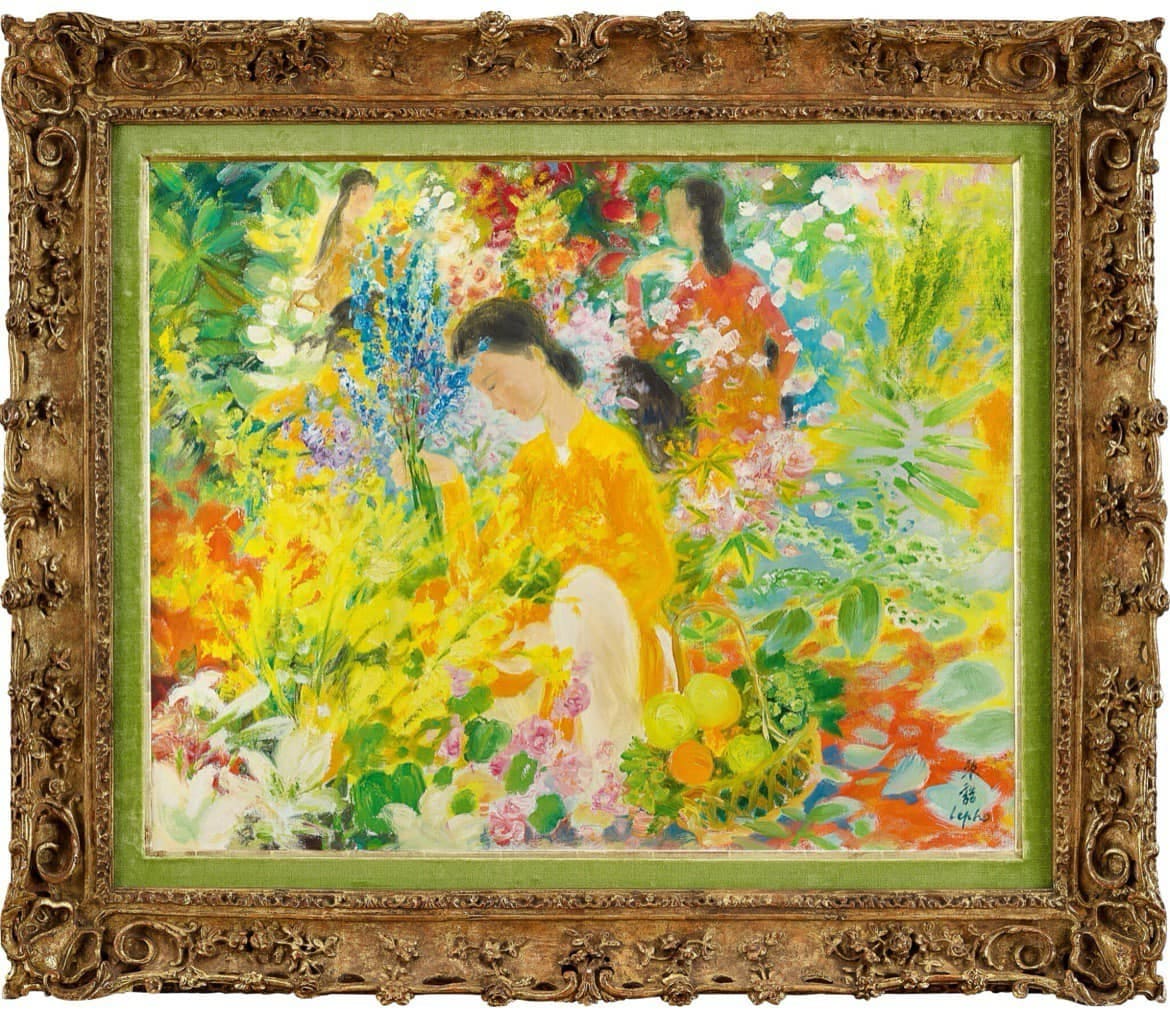
Famous Paintings by Artist Le Pho
-
Curriculum at Indochina: Focused on classical art, helping him master Le Pho silk painting techniques – the bedrock of his early career.
-
Influence from professors: Victor Tardieu guided him toward a romantic school, fusing East and West.
-
First exhibition: In 1928, alongside friends, he showcased his works, drawing attention from the art community.
This phase of Le Pho’s biography was not just about learning but also set the stage for his explosive creativity, leading him to Europe.
Le Pho Career: From Hanoi to Paris and the World
Le Pho’s career is intertwined with cultural exchanges, from teaching in Vietnam to settling and shining in France. He was more than an artist; he was a cultural ambassador, using his brush to link Vietnam with the global stage. Though he settled in Paris from 1937, he retained his affection for his homeland, reflected in thousands of works.
Early Steps in Le Pho Career in Vietnam
In 1931, artist Le Pho received a scholarship to study in France at the Paris School of Fine Arts, encountering Impressionism and Surrealism. In 1933, he returned to Hanoi to teach at the Indochina College of Fine Arts, and in 1935, he researched classical Chinese art in Beijing. There, he painted portraits of Emperor Bao Dai, Empress Nam Phuong, and decorated the Hue imperial court.
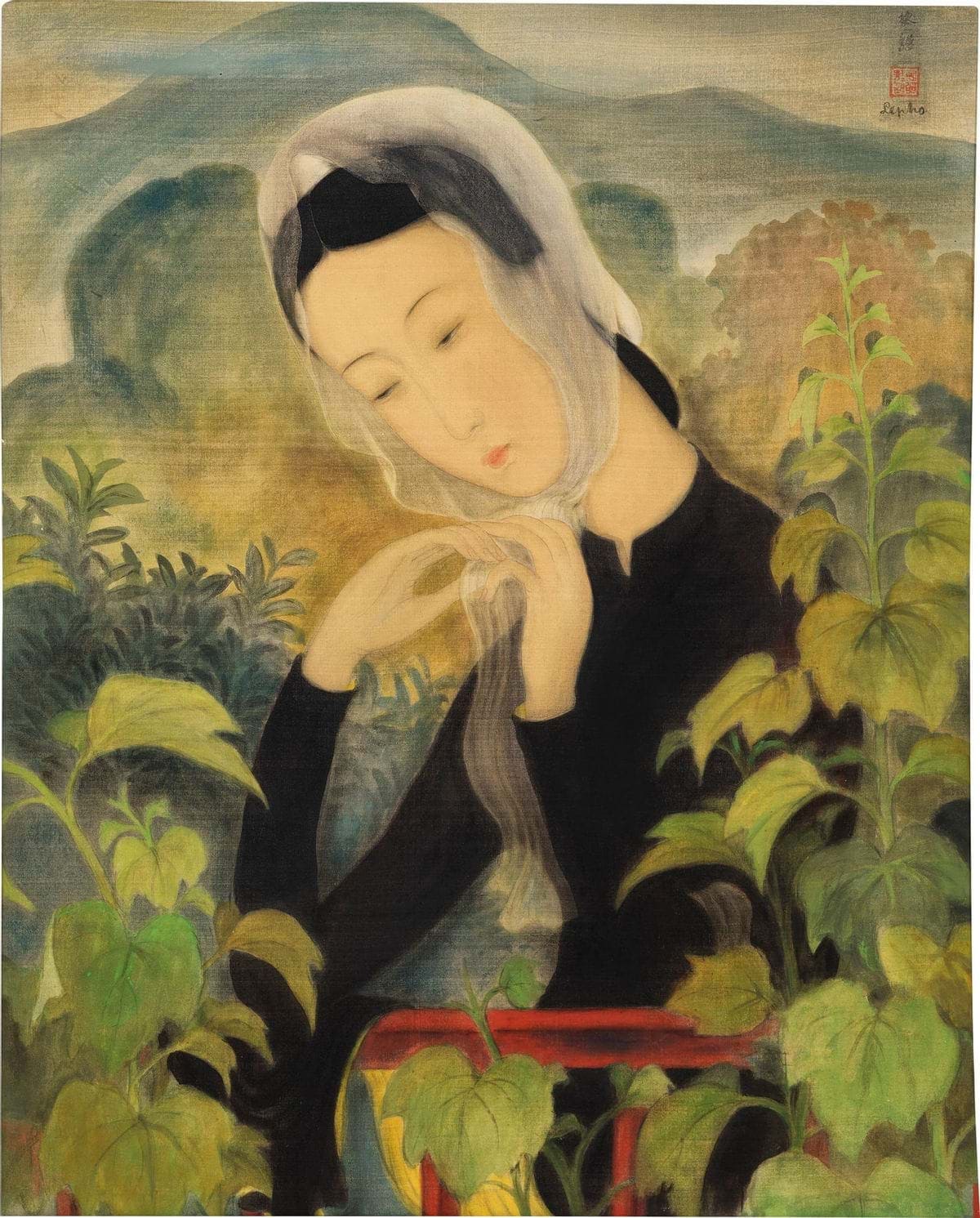
Le Pho Oil Paintings
-
1931 – French scholarship: Exposure to European art enriched Le Pho’s painting style.
-
1933 – Teaching in Hanoi: Becoming a professor, he inspired the younger generation.
-
1935 – Chinese research: Learning ancient techniques influenced his Le Pho silk paintings.
These activities marked Le Pho’s career as an integral part of Vietnam’s modern art history.
Settling in Paris and International Breakthrough
In 1937, artist Le Pho oversaw the Indochina pavilion at the Paris International Exhibition and decided to settle there. He held his first solo exhibition in 1938, signaling success in Europe. From 1963, collaborating with the Wally Findlay gallery (USA), he introduced his works to New York, Nice, Lyon, and beyond. Le Pho and Paris became synonymous, with his life tied to the city until 2001.
-
1938 – Solo exhibition: A one-man show in Paris, kickstarting his international fame.
-
1963 – American collaboration: The Findlay gallery commissioned Le Pho oil paintings, expanding his market.
-
Settlement and creation: In Paris, he married Frenchwoman Paulette Vaux in 1947, had two children, and continued painting in a romantic style.
Le Pho’s career, even far from home, exemplifies cultural fusion, profoundly impacting global painting.
Notable Works by Le Pho: The Essence of East-West Fusion
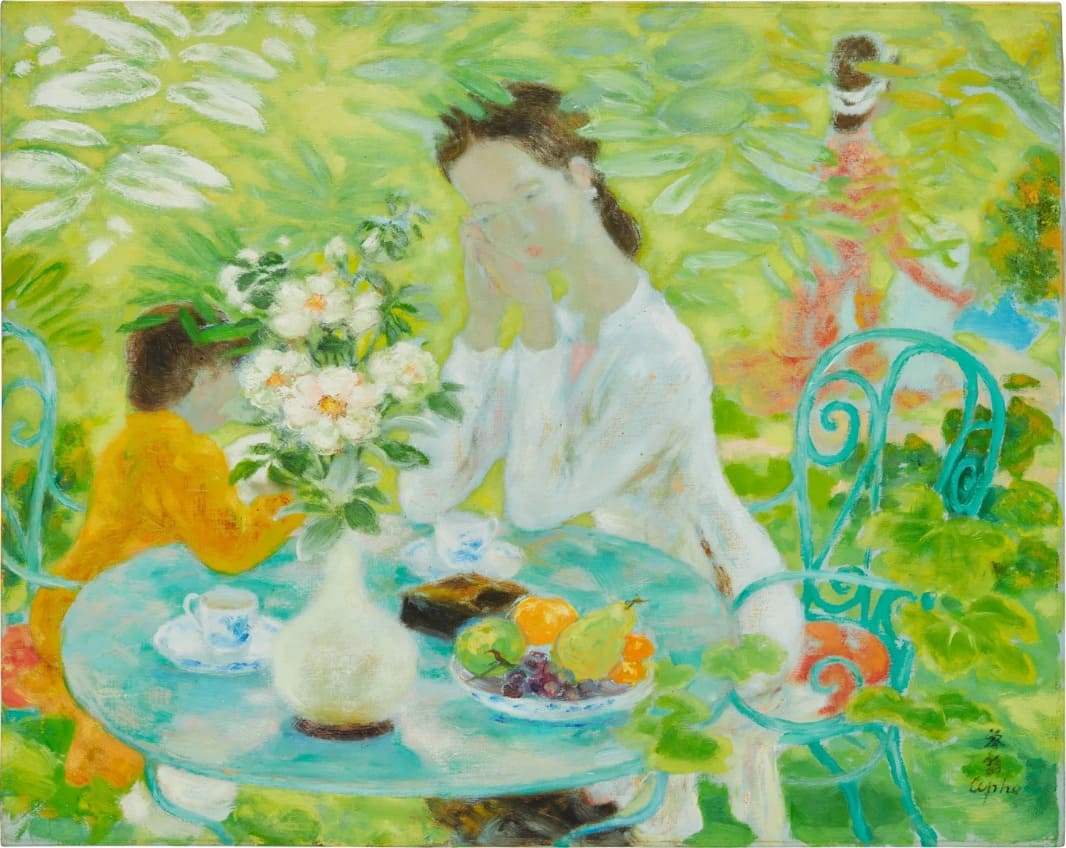
Artist Le Pho left behind thousands of works, divided into two main periods: classical silk paintings (1934-1945) and romantic oil paintings (from 1950). He excelled in themes of women, flowers, and landscapes, with elongated female figures evoking surrealism. Le Pho paintings are not only beautiful but also command high economic value at auctions.
Le Pho Paintings of Women: The Soul of His Art
Le Pho paintings of women represent the pinnacle of his creativity, portraying Vietnamese women with graceful, natural beauty. His female figures are not abstract symbols but everyday images surrounded by lush flowers and landscapes. The 1950-1960 period marked a strong shift in Le Pho’s painting style.
-
“Young Woman in the Garden” (oil on silk): This piece celebrates the simple beauty of women amid nature, becoming an icon of Le Pho women paintings.
-
“Mother and Children”: A warm family scene using soft colors to evoke humanistic emotions.
-
Style characteristics: Blending European Impressionism with Eastern essence, creating layered emotional depth.
These works reflect artist Le Pho’s view of human beauty: fragile yet eternal, always tied to his homeland.
Peak Oil and Silk Paintings
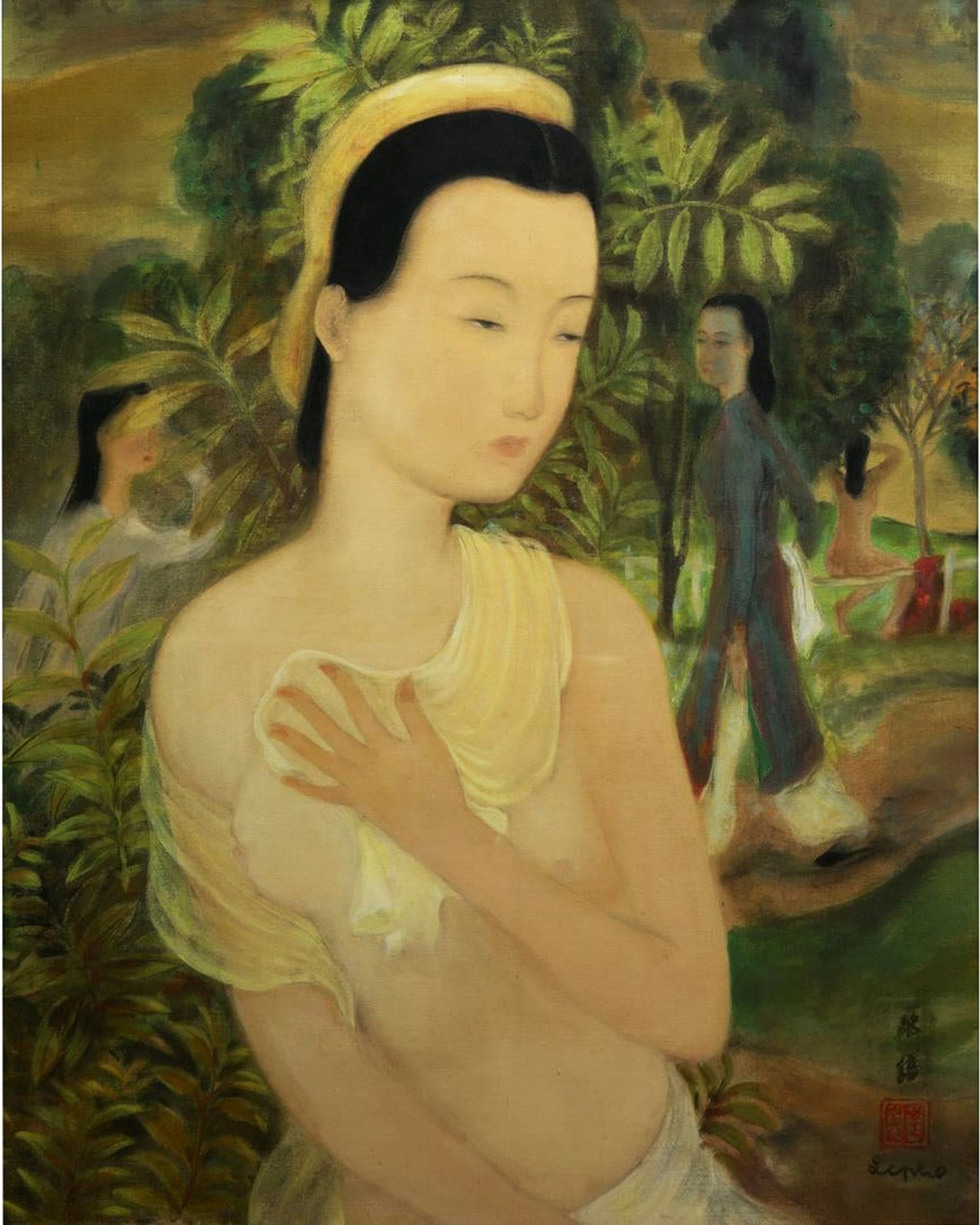
Beyond women, notable works by artist Le Pho include landscapes and still lifes, varying from silk to oil. He presented Vietnam through a romantic lens, with high value at auction houses like Sotheby’s.
-
“Nostalgia for the Homeland” (1938, silk painting): Depicting homesickness, sold for 360,000 SGD in 2006, showcasing his love for the country.
-
“Le Rideau Mauve (The Purple Curtain)” (oil): An abstract piece sold for 2.9 million HKD in 2012, highlighted by vibrant colors.
-
“View from the Hilltop” (oil): Vietnamese landscape sold for 840,000 USD in 2014, using unique lighting techniques.
-
“Nude” (oil): A sensual work sold for 1.4 million USD in 2019, combining surrealism and romance.
These notable works by artist Le Pho have become treasures in museums, attracting thousands of views and collectors.
Le Pho Art Legacy in Vietnamese Art History
Artist Le Pho – one of the “Indochina Quartet” (along with Mai Trung Thu, Vu Cao Dam, and Le Thi Luu) – left a legacy not just through his works but also through his artistic spirit. Despite living abroad, he donated 20 paintings to the Vietnam Museum of Fine Arts in 1993, demonstrating deep affection. He passed away in Paris in 2001 at age 94, but his artistic value continues to gain recognition.
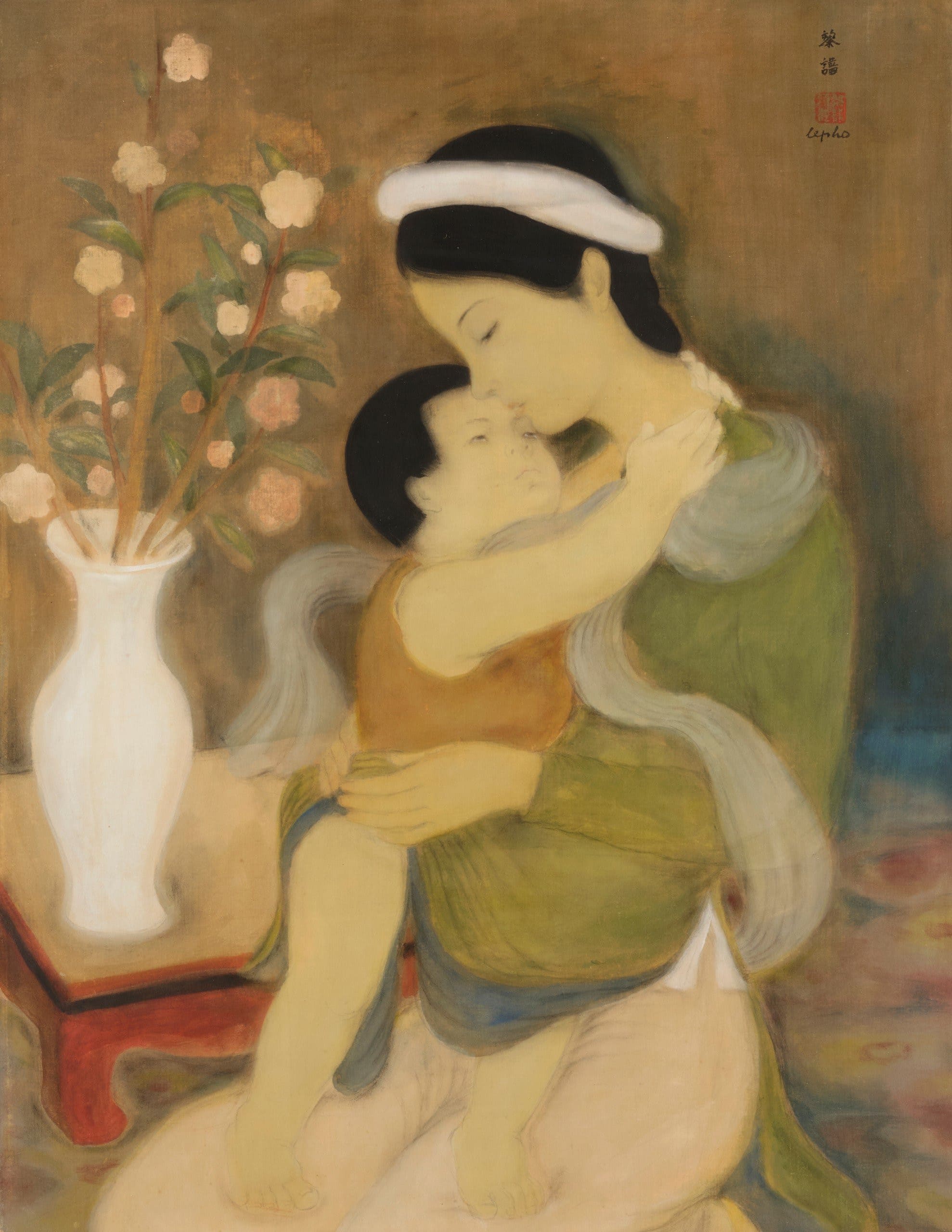
Mối Quan Hệ Với Các Danh Họa Và “Tứ Kiệt”
Sự nghiệp họa sĩ Lê Phổ gắn bó với “tứ kiệt Đông Dương”, những người cùng định cư tại Pháp và góp phần đưa hội họa Việt Nam ra thế giới. Ông và Mai Trung Thứ thường trao
Connections with Other Masters and the “Quartet”
Le Pho’s career was linked to the “Indochina Quartet,” who settled in France and helped introduce Vietnamese painting globally. He and Mai Trung Thu often exchanged ideas, creating a unique romantic painting lineage.
-
Collaborations with peers: Joint exhibitions and sharing Le Pho silk painting techniques.
-
Mutual influences: His style impacted Vu Cao Dam in depicting women.
-
Shared legacy: The “Quartet” symbolizes East-West fusion.
Lessons from Le Pho’s Life and Works
Le Pho’s art legacy teaches that true art transcends borders while staying rooted in origins. His women paintings are not only beautiful but also humanistic, reminding us of Vietnam’s cultural values. Today, his works are widely collected, contributing to contemporary art development.
-
Educational value: Art schools use his paintings as references, emphasizing East-West techniques.
-
Contemporary influence: Many young artists draw inspiration from Le Pho’s painting style.
-
International recognition: Works like “Nude” are featured in European exhibitions, affirming global status.
In summary, artist Le Pho is not just a chapter in art history but a beacon of inspiration, encouraging future generations to pursue their passions. Through his masterful brushstrokes, he remains an eternal symbol of Vietnam’s enduring beauty.
